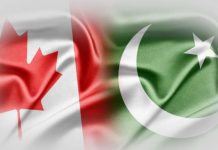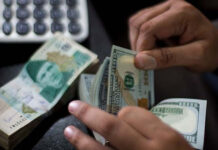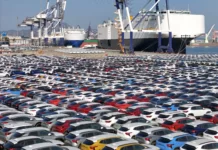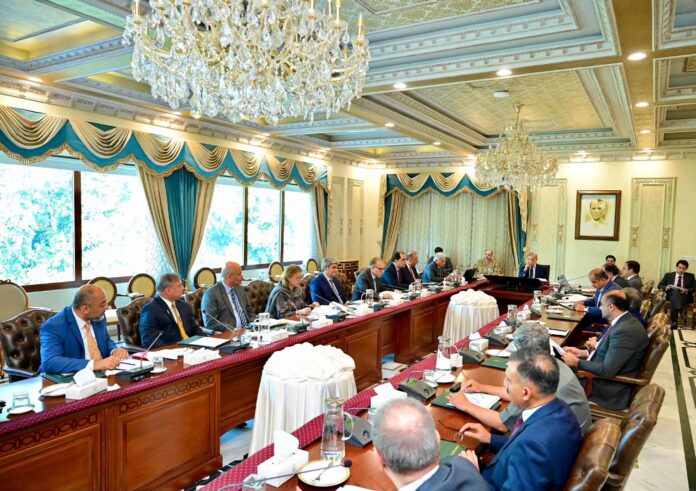The Prime Minister Shehbaz Sharif has approved a comprehensive five-year tariff reform plan, set to be unveiled in the federal budget 2025-26, with the goal of reducing customs duties, additional customs duties, and regulatory duties on raw materials and semi-finished goods, while gradually lowering overall tariff protections for selected industries.
Finance Minister Muhammad Aurangzeb has backed the reform, emphasizing its role in encouraging industrial growth across the country.
A further tariff reduction is planned for the following budget, with gradual, nominal cuts scheduled for the final three years of the program.
The reform’s first phase will introduce a streamlined customs duty structure with slabs of 0, 5, 10, 15, and 20%, replacing the existing rates. For instance, the current 16% slab will decrease to 15%, the 11% rate will drop to 10%, and the 3% slab will be abolished, with products reassigned to either zero or 5% duty categories.
Dawn reported that the government will remove a 2% additional customs duty on over 4,200 tariff lines, reduce this duty from 4% to 2% on more than 500 tariff lines, and cut it from 6% to 4% on over 2,200 lines.
Products currently subject to customs duties above 20% will see a reduction in the additional duty from 7% to 6%. Regulatory duties, which currently reach up to 90% on certain items, will be capped at a maximum of 30%.
The reforms are projected to increase exports by around $5 billion by the end of the five-year period, supporting Pakistan’s aim to strengthen its position in global trade.
Industries such as automotive, iron and steel, textiles, chemicals, and plastics, which currently face effective tariff rates between 100 and 150 percent, will see those rates drop to roughly 50 to 60 percent.
Prime Minister Shehbaz Sharif stated that the government’s priority is to transition from an import substitution model to one driven by export-led growth.
Under the new policy, the simple average tariff rate will be reduced from 19 percent to 9.5% within five years. The restructuring of duty slabs will simplify the tariff system by replacing the current rates of 0, 3, 11, 16, and 20% with a consistent scale of 0, 5, 10, and 15%. This will promote transparency and ease of compliance.
By the end of the implementation period, the highest tariff rate will be capped at 15 percent, eliminating sector-specific peaks that have previously exceeded 20 percent, particularly benefiting the automotive sector. Additional customs duties, currently set at 2, 4, 6, and 7%, will be phased out completely over three to four years. Regulatory duties, which vary between 5 and 90%, will also be eliminated during the same timeframe.
Moreover, the plan will dissolve the 5th Schedule of Customs, which currently grants industry-specific tariff concessions, merging those products into the 1st Schedule with a phased approach to ensure fairer trade policies across sectors. Concessions under this schedule will either be discontinued or applied universally.
























